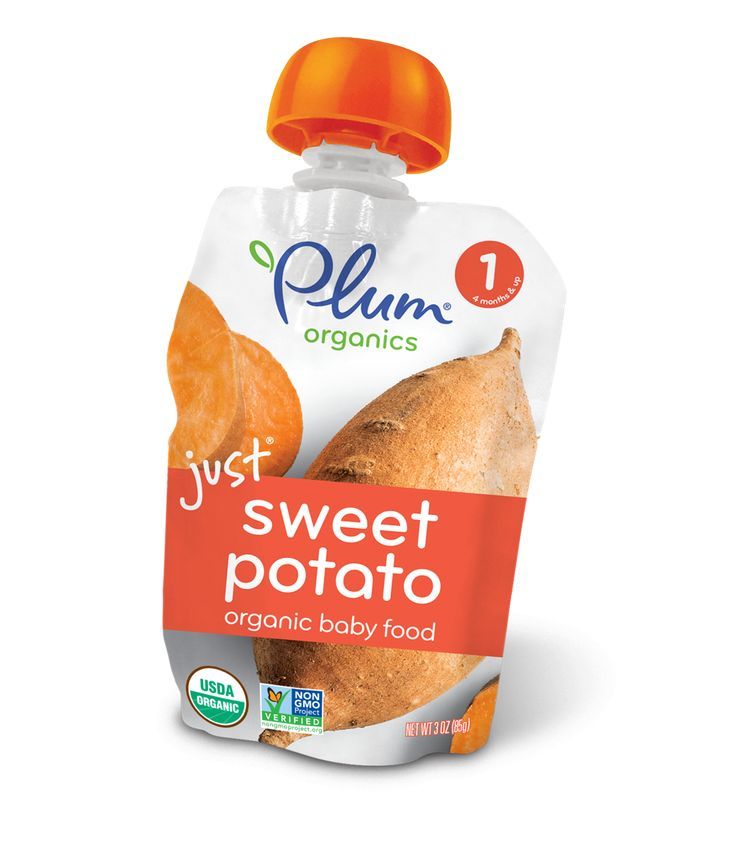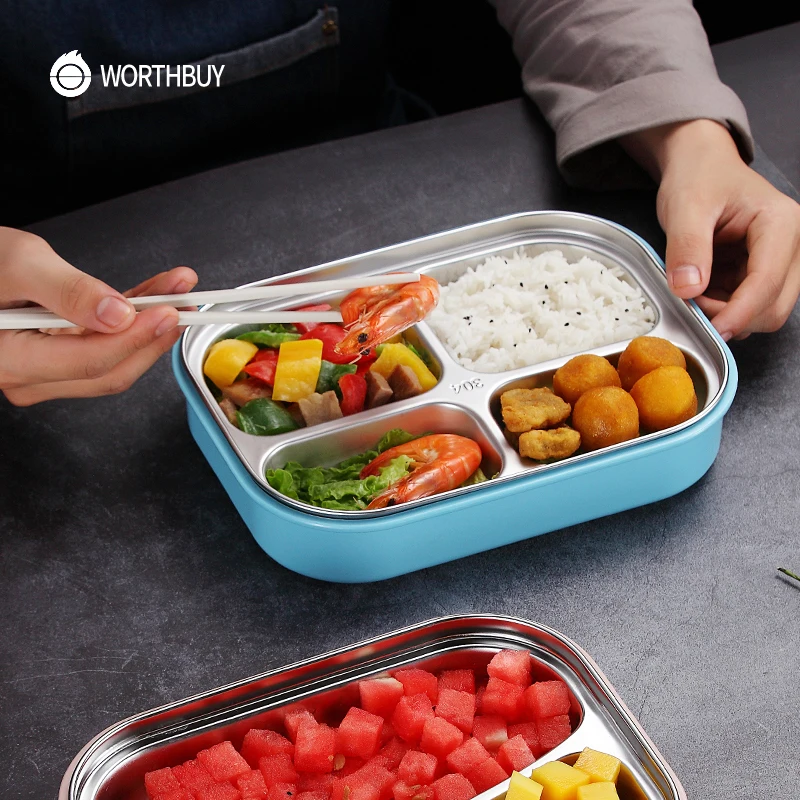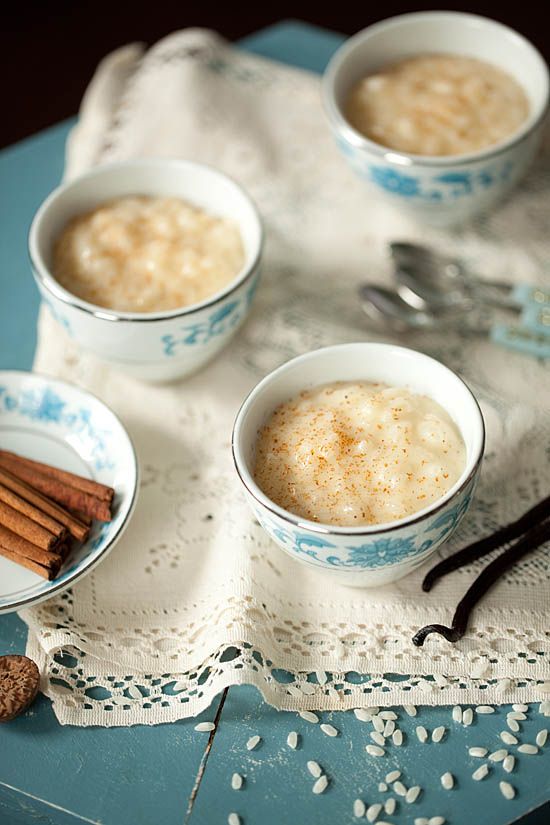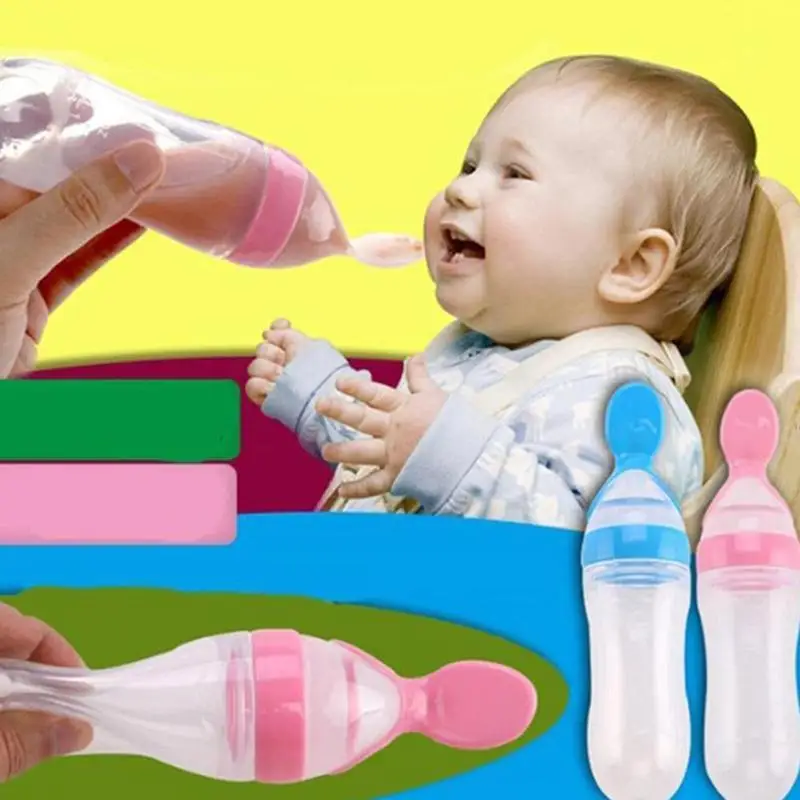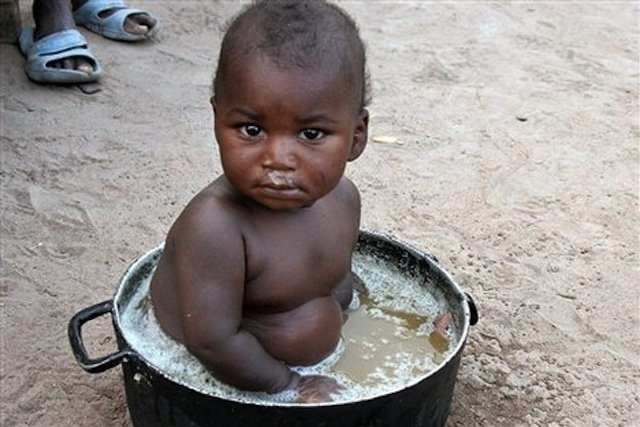Are baby foods safe
Heavy metals in baby food? What parents should know and do
If there is anything you can trust to be safe, it should be baby food, right?
Well… maybe not.
A report from the US House Committee on Oversight and Reform says that commercial baby foods are tainted with dangerous levels of arsenic, lead, cadmium, and mercury.
Which baby food companies are involved?
The report was based on information from just four companies that make baby food: Nurture, Beech-Nut, Hain, and Gerber. Arsenic, lead, and cadmium were found in baby foods from all of the companies; mercury was found in the food from the only company that tested for it (Nurture).
Of note, three other companies (Walmart, Sprout, and Campbell’s Soup) were asked to provide the same information about their baby food products, and did not.
And that is part of the problem: this is just one report, with limited information. It’s hard to know exactly what it means about commercial baby foods in general, but it’s a report that we need to take seriously, because all four of these heavy metals can affect the developing brain. And when you harm the brain as it develops, the damage can be permanent.
Do organic baby foods contain heavy metals?
It’s important to note that organic baby foods aren’t necessarily better, in no small part because many of them contain brown rice. Many rice plants naturally contain arsenic, and brown rice has more than white rice. Over the past few years we have come to understand the problem of arsenic in rice, and both the American Academy of Pediatrics (AAP) and the FDA recommend limiting rice intake for babies.
What steps can parents take to be sure baby foods are safe and healthy?
The FDA is working on doing better monitoring and regulation of heavy metals in commercial baby foods. In the meantime, it’s nearly impossible to know which are completely safe and which aren’t. Babies don’t need solid foods until 6 months of age. At that time it’s perfectly fine to give them soft table foods instead of baby foods. You can also make your own baby food, using steamed or naturally soft foods and a blender. (Storage tip: you can pour a homemade puree into an ice cube tray and freeze it, and then just grab the cubes you need each time.)
(Storage tip: you can pour a homemade puree into an ice cube tray and freeze it, and then just grab the cubes you need each time.)
The American Academy of Pediatrics has suggestions for families to help decrease their children’s exposure to heavy metals in their food and drink:
- Give your child a wide variety of different foods (the more natural colors, the better).
- Vary the grains. As mentioned above, it’s best to limit rice and rice products (check labels — rice is in a lot of foods marketed for babies, like “puffs”). Try barley, oats, and other grains. When cooking rice, it’s best to cook it in extra water and drain that water off, and to use white basmati and sushi rice, which have less arsenic.
- Check your water. Old pipes can contain lead, which can leach into drinking water.
- Avoid fruit juices. Not only can they increase the risk of cavities and obesity, but many commercial juices also contain heavy metals.
- Make healthy fish choices.
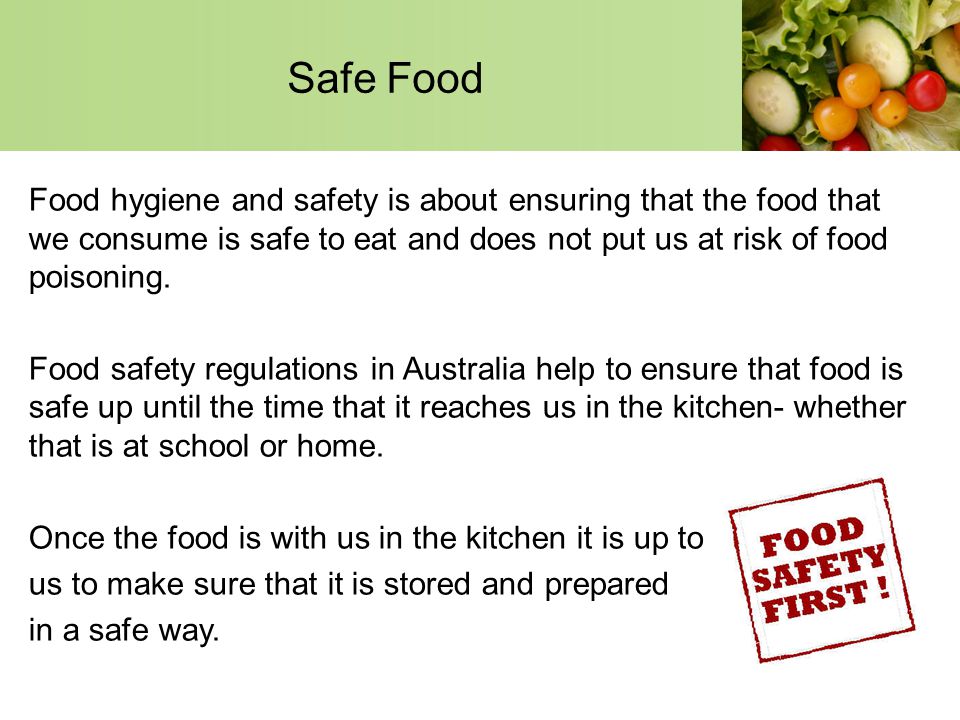 Fish contains nutrients that are very healthy for the developing brain, but some fish can contain unhealthy amounts of mercury. Stay clear of big, predatory, long-living fish like swordfish, shark, or albacore tuna; it’s better to choose fish like cod, light tuna, salmon, or pollock.
Fish contains nutrients that are very healthy for the developing brain, but some fish can contain unhealthy amounts of mercury. Stay clear of big, predatory, long-living fish like swordfish, shark, or albacore tuna; it’s better to choose fish like cod, light tuna, salmon, or pollock.
Follow me on Twitter @drClaire
As a service to our readers, Harvard Health Publishing provides access to our library of archived content. Please note the date of last review or update on all articles.
No content on this site, regardless of date, should ever be used as a substitute for direct medical advice from your doctor or other qualified clinician.
Heavy Metals in Baby Food
Log in | Register
Ages & Stages
Ages & Stages
Listen
Español
Text Size
News about heavy metals found in baby food can leave parents with a lot of questions.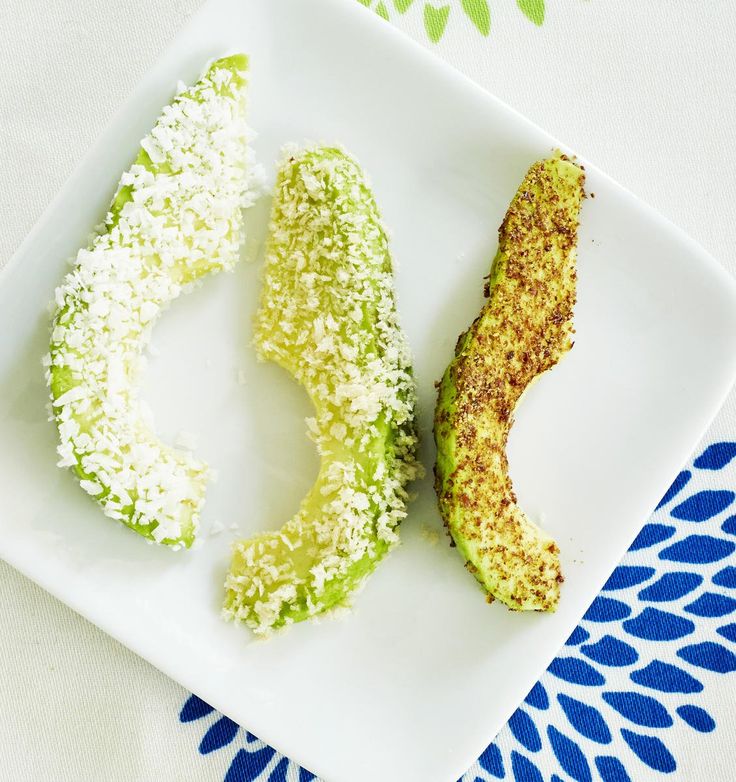
Here's some information from the American Academy of Pediatrics about the risk of toxic metal exposure to children, and how to help minimize it.
Can heavy metals in baby food harm my baby?
The low levels of heavy metals found in baby foods likely are a relatively small part of a child's overall toxic metal exposure risk. However, exposure from all sources should be minimized. Toxic metal exposure can be harmful to the developing brain. It's been linked with problems with learning, cognition and behavior. But keep in mind that many genetic, social, and environment factors influence healthy brain development, and toxic metal exposure is just one of these factors.
How do heavy metals get into foods?
Metals are found naturally in the Earth's crust. They also are released into our environment as pollution and get into the water and soil used to grow food. Metals can also get into food from food manufacturing and packaging. Some of the most common metals that get into food, according to the U.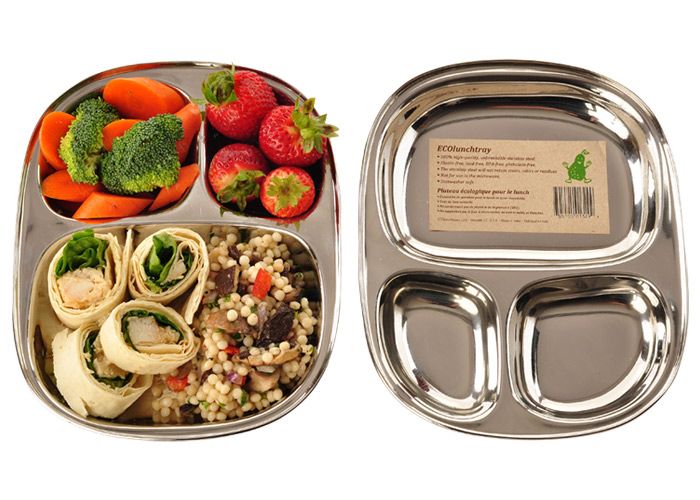 S. Food & Drug Administration, include inorganic
arsenic,
lead,
cadmium and mercury.
S. Food & Drug Administration, include inorganic
arsenic,
lead,
cadmium and mercury.
How can I reduce my baby's exposure to toxic metals?
Stronger rules and regulations for testing and limiting the amount of heavy metals in foods for babies and toddlers are most important. But there are several steps parents can take now to reduce the risk that kids will be exposed to toxic metals in their diet, and from other sources:
Serve a variety of foods. Give your child a well-balanced diet that includes a variety of fruits, vegetables (wash in cool water before preparing and serving), grains and lean protein. Eating a variety of healthy foods that are rich in essential nutrients can lower the exposure to toxic metals and other contaminants found in some foods.
Read the labels. Multi-ingredient baby food blends may be a good option. Be aware that many have the same first or second ingredient, though.
 Different flavor blends, like kale/pear and spinach/pumpkin, for example, may actually both have sweet potatoes as their first ingredient. It's important to read the ingredients label to be sure you are offering a true variety of foods.
Different flavor blends, like kale/pear and spinach/pumpkin, for example, may actually both have sweet potatoes as their first ingredient. It's important to read the ingredients label to be sure you are offering a true variety of foods.Switch up your grains. Fortified infant cereals can be a good source of nutrition for babies, but rice cereal does not need to be the first or only cereal used. Rice tends to absorb more arsenic from groundwater than other crops. You can include a variety of grains in your baby's diet, including oat, barley, couscous, quinoa, farro, and bulgur. Multi-grain infant cereals can be a good choice. Try to avoid using rice milk and brown rice syrup, which is sometimes used as a sweetener in processed toddler foods.
Check your water. Heavy metals can get into tap water: for example, arsenic can contaminate well water, and older pipes may contain lead. You can contact your local health department to have your water tested if this is a concern.

Breastfeed if possible. Breastfeeding, rather than formula feeding, also can help reduce exposure to toxic metals. The American Academy of Pediatrics (AAP) recommends breastfeeding as the sole source of nutrition for your baby for about 6 months.
Avoid fruit juice. Offer toddlers and young children sliced or pureed whole fruits rather than juice. Some fruit juices can contain concerning levels of heavy metals. Plus, juice is high in sugar and not as nutrient rich as whole fruit. Stick with breast milk or formula for babies under 6 months old, and water and milk after they reach age 1.
Make healthy fish choices. Some types of fish can be high in a form of mercury called methylmercury, and other metals. Of most concern are large, predatory fish that eat other fish and live longer, such as shark, orange roughy, swordfish, and albacore/white tuna. Eating too much contaminated fish can harm a child's developing nervous system.
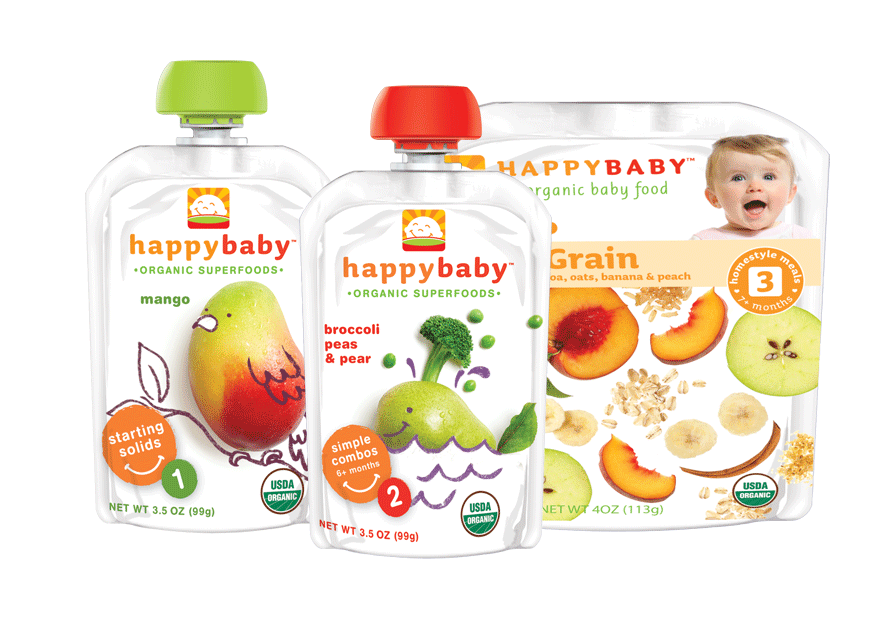 But fish is also an excellent source of protein and other nutrients children need, and many are low in mercury. Look for better options like light tuna (solid or chunk), salmon, cod, whitefish, and pollock.
But fish is also an excellent source of protein and other nutrients children need, and many are low in mercury. Look for better options like light tuna (solid or chunk), salmon, cod, whitefish, and pollock.Variety is important for homemade baby food, too. There are several benefits to making your own baby food fresh at home: it can be cost-effective, avoids potential contaminants from processing or packaging, and you can choose the ingredients. But keep in mind that offering a variety of foods is just as important when making your own baby food as when shopping for prepared baby foods.
Address lead hazards in your home. There are other important ways to help reduce your baby's exposure to toxic metals. The most common source of lead exposure, for example, is from peeling or chipping paint from older homes. Soil, some cosmetics and spices, water, and certain occupations and hobbies can also be sources of exposure. Find more information about lead here.

Don't smoke or vape. Secondhand and thirdhand smoke from both regular and e-cigarettes, may expose children to metals such as cadmium and lead. Vaping allows toxic metals from the vape coils to get into the air and be inhaled. Secondhand smoke also contains harmful chemicals that can increase the risk of cancer.
Is organic baby food better?
Organic baby foods may have lower levels of certain pesticides and other chemicals. Because heavy metals are found in the soil and can get into prepared foods from processing, however,organic foods often contain similar levels of heavy metals as non-organic foods.
Should my baby be tested for heavy metal exposure?
Until more information about metals in baby foods becomes available, experts say there's no need to get children tested. Tests that look at a child's hair for toxic metal exposure also are not recommended, since this type of testing is scientifically unproven and often inaccurate.
Talk with your pediatrician
If you're concerned about heavy metals in baby food, talk with your pediatrician. Your regional
Pediatric Environmental Health Specialty Unit (PEHSU) have staff who can also talk with parents about concerns over environmental toxins.
More information
- Starting Solid Foods
- Choosing Healthy Snacks for Toddlers
- Ask the Pediatrician: Is it OK to make my own baby food?
- Food Additives: What Parents Should Know
- AAP: Babies Should Eat a Varied Diet to Protect Against Heavy Metals in Commercial, Homemade food
- Heavy Metals in Baby Food and Fruit Juice: Advice for Parents From Environmental Pediatricians
- Pediatric Environmental Health Specialty Units (PEHSUs)
- Last Updated
- 8/12/2022
- Source
- American Academy of Pediatrics (Copyright © 2021)
The information contained on this Web site should not be used as a substitute for the medical care and advice of your pediatrician.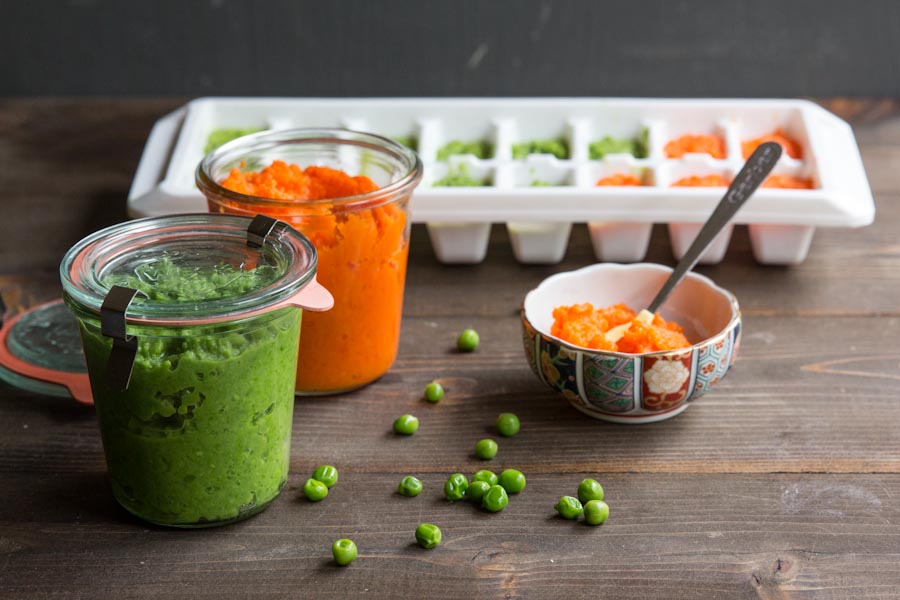 There may be variations in treatment that your pediatrician may recommend based on individual facts and circumstances.
There may be variations in treatment that your pediatrician may recommend based on individual facts and circumstances.
Is it possible for adults to eat baby food: benefits and harms
- Photo
- Natalia Kurzova / Adobe Stock
Now we will talk about the benefits and harms of products made specifically for children. These include fruit and vegetable purees, juices and nectars, yoghurts and curds, cereals and various snacks for the little ones.
Pluses of baby food
No harmful ingredients
It is clear that baby food is made specifically for babies. Therefore, they do not add harmful additives, dyes, flavors, a lot of sugar and salt. Not a single ingredient in the composition should cause an allergy or any disorder in a baby - which means that such food is safe for an adult. Moreover, manufacturers are strictly looked after - all children's products undergo a thorough check, and only then they get on the shelves in stores.
Moreover, manufacturers are strictly looked after - all children's products undergo a thorough check, and only then they get on the shelves in stores.
Tasty and convenient
Children's curds, cereals and purees with a sweet fruity taste can easily replace high-calorie cakes and other "adult" desserts. Some may also like cookies in cute little packages.
Speaking of packaging. Kids are not physically able to eat a lot, so for them everything is laid out in small portions. And these jars and packaging are very convenient to take with you for a walk, to school or university.
Low Calorie
Children's fruit and vegetable purees, and in such tiny portions, are very, very few calories! Some stars even specifically switch to only baby food in order to lose weight. So, for example, did Jennifer Aniston and Reese Witherspoon.
Ready to follow suit? Well, slow down. Now let's talk about why you shouldn't do this.
Disadvantages of baby food
Few essential nutrients
Yes, these tasty purees contain only useful things and nothing harmful.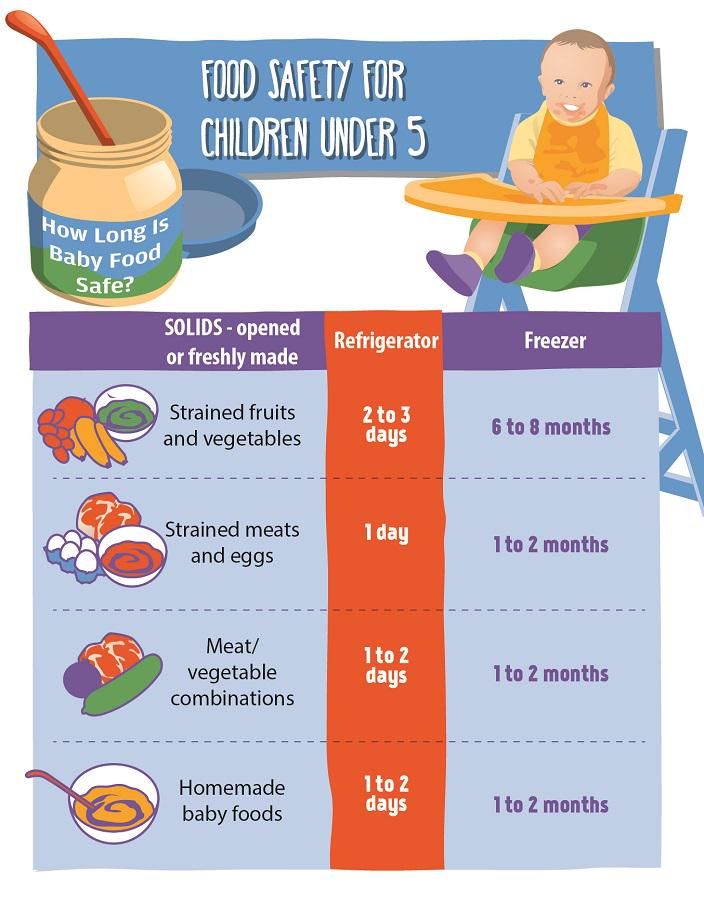 But do not forget that this is still baby food. That is, it is made specifically for babies - taking into account the peculiarities of digestion of young children. And the body of an adult, you know, is very different. An adult needs a lot more fiber and dietary fiber - otherwise problems with the intestines will begin.
But do not forget that this is still baby food. That is, it is made specifically for babies - taking into account the peculiarities of digestion of young children. And the body of an adult, you know, is very different. An adult needs a lot more fiber and dietary fiber - otherwise problems with the intestines will begin.
Sometimes it's not so tasty
Taste is both a plus and a minus of baby food. Sweet foods really look like a delicious dessert, but mashed vegetables and meat? We are used to cooking with all sorts of spices, which will definitely not be in the composition of dishes from a jar. In general, "adult" and "children's" food is very different in taste. You can, of course, get used to eating baby food all the time ... But why?
Is it useful or not?
There is nothing wrong with snacking on baby food occasionally. It can be quite healthy, tasty and without extra calories. But you definitely can’t replace all breakfasts, lunches and dinners with them - in this way you will deprive yourself of important components and harm your health.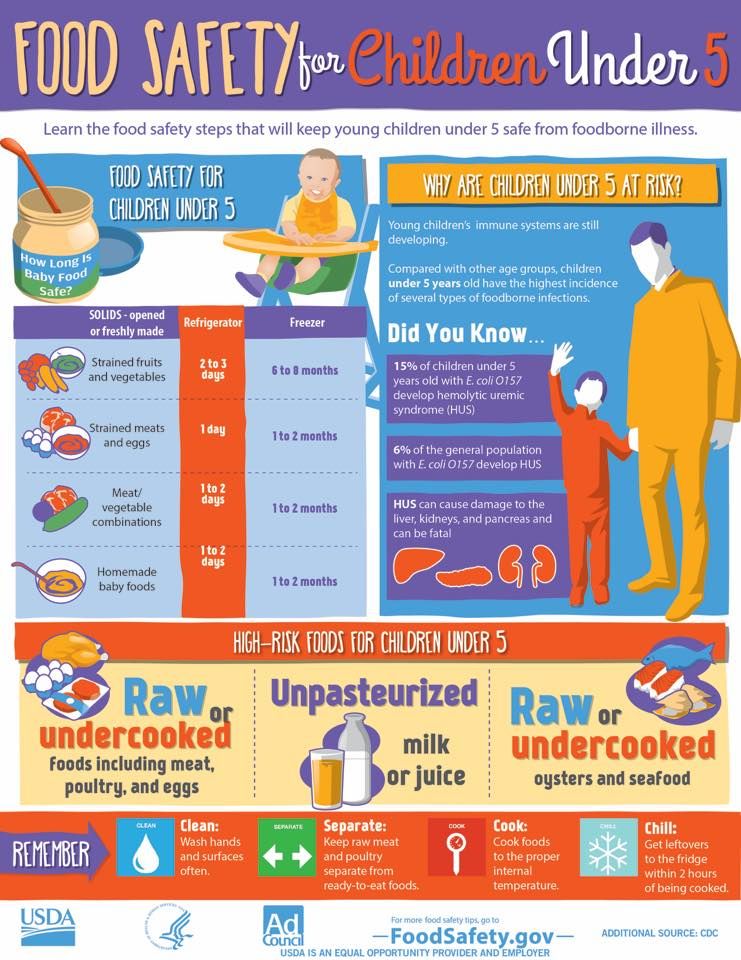
Ekaterina Migacheva, Elena Bugay
Tags
- food
- healthy food
Harm of baby food in jars
Jars with ready-made puree surprise not only with high demand, but also with high demand. Fruit, berry, vegetable, with meat, cereals, cream - under each brand there are dozens of items. In a previous publication, we talked in detail about 5 reasons for the popularity of baby puree in jars, and today we will consider the likely harm that such food can cause to a child's body.
Nutritionists, pediatricians and parents disagree on this issue. There are three strong arguments against portioned canned food.
Taste different from homemade food.
Difficulty in weaning a child from a homogeneous consistency.
Unpredictable quality.
How does baby food taste in jars?
Even if a characteristic pop is heard when opening the container, parents still have to taste the food they offer their child. Many are surprised at how strange the content is. It is clear that most purees do not contain salt, sugar, flavoring additives. But they often turn out to be not just bland, but unnatural, too different from those that mothers cook on their own.
Many are surprised at how strange the content is. It is clear that most purees do not contain salt, sugar, flavoring additives. But they often turn out to be not just bland, but unnatural, too different from those that mothers cook on their own.
The reason for this is the merciless grinding and intense heat treatment that precedes vacuum packaging. However, it is very difficult to transfer a child from such refined food to a common family table. What will be the taste specificity of food in the first months of complementary foods will determine future preferences and the ability to organize healthy baby food at school age.
The child is too lazy to chew
Baby purees under different brands also differ in consistency. For example, it is convenient to scoop up meat and fish with a spoon, but some even at room temperature remain monolithic, as if fastened with starch. It is not easy to mix such a substance with potatoes or green vegetables.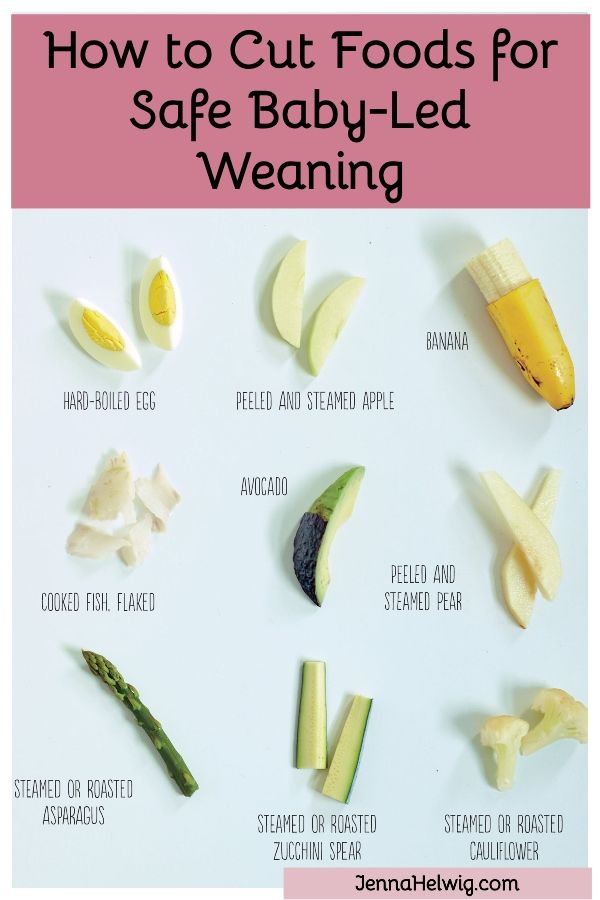 You just have to cut it into pieces with a spoon. But in any case, the food in jars is crushed as much as possible and is a homogeneous mass.
You just have to cut it into pieces with a spoon. But in any case, the food in jars is crushed as much as possible and is a homogeneous mass.
It is good when feeding a baby up to one year old. But later, when enough teeth have erupted, the food should become coarser. Reasonable exercise is very important for the health of the gums and teeth. Ready-made vegetable puree in jars is easier for everyone: parents save time on cooking, and children save energy on chewing. As a result, it turns out that upon reaching the age of two, some kids refuse salads, normal soups, vegetable stews. They still demand to puree dishes, recognizing only the usual consistency.
Adults have many problems. There is not enough time and energy for endless persuasion, you won’t leave your beloved child hungry either, no tricks (decorating dishes, disguise) help. Whims at the table are dangerous. Even if the baby gives in under parental pressure, he has a great chance of choking, swallowing tears along with food.
Another difficulty is that a "homogeneous" diet will be limited. If you pass buckwheat with meat or baked potatoes with chicken through a blender, at the output we get a very viscous, thick mass - completely unappetizing. The habit of normal food sometimes comes only with admission to kindergarten.
You can switch from canned puree to homemade puree from 8-9 months. At first, mix, say, a “canned” zucchini with boiled, grated on a fine grater. Then increase your portion by decreasing the canned portion. This will take about a week. Then, according to the same principle, we grind part of the product on a medium-sized grater, closer to a year - on a large one, or simply knead it with a fork.
Are baby canned foods subject to high quality control?
They say that buckwheat is the only crop that has not yet been disfigured by genetic modification. Vegetables abound in various additives for rapid growth and disease resistance, and livestock that will become meat are laced with antibiotics and hormones.

